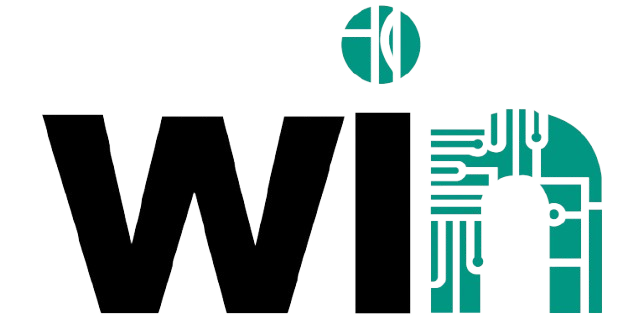Designing Interactive Systems: Human-AI Interaction
- type: Lecture (V)
- chair: Information Systems I
- semester: SS 2025
-
time:
Thu 2025-04-24
11:30 - 13:00, weekly
10.11 Raum 213 ( Ersatzraum für Raum 103.2 Geb. 20.14 )
10.11 Verwaltungsgebäude, Hauptbau (2. OG)
Thu 2025-05-08
11:30 - 13:00, weekly
10.11 Raum 213 ( Ersatzraum für Raum 103.2 Geb. 20.14 )
10.11 Verwaltungsgebäude, Hauptbau (2. OG)
Thu 2025-05-15
11:30 - 13:00, weekly
10.11 Raum 213 ( Ersatzraum für Raum 103.2 Geb. 20.14 )
10.11 Verwaltungsgebäude, Hauptbau (2. OG)
Thu 2025-05-22
11:30 - 13:00, weekly
10.11 Raum 213 ( Ersatzraum für Raum 103.2 Geb. 20.14 )
10.11 Verwaltungsgebäude, Hauptbau (2. OG)
Thu 2025-06-05
11:30 - 13:00, weekly
10.11 Raum 213 ( Ersatzraum für Raum 103.2 Geb. 20.14 )
10.11 Verwaltungsgebäude, Hauptbau (2. OG)
Thu 2025-06-26
11:30 - 13:00, weekly
10.11 Raum 213 ( Ersatzraum für Raum 103.2 Geb. 20.14 )
10.11 Verwaltungsgebäude, Hauptbau (2. OG)
Thu 2025-07-03
11:30 - 13:00, weekly
10.11 Raum 213 ( Ersatzraum für Raum 103.2 Geb. 20.14 )
10.11 Verwaltungsgebäude, Hauptbau (2. OG)
Thu 2025-07-10
11:30 - 13:00, weekly
10.11 Raum 213 ( Ersatzraum für Raum 103.2 Geb. 20.14 )
10.11 Verwaltungsgebäude, Hauptbau (2. OG)
Thu 2025-07-17
11:30 - 13:00, weekly
10.11 Raum 213 ( Ersatzraum für Raum 103.2 Geb. 20.14 )
10.11 Verwaltungsgebäude, Hauptbau (2. OG)
Thu 2025-07-24
11:30 - 13:00, weekly
10.11 Raum 213 ( Ersatzraum für Raum 103.2 Geb. 20.14 )
10.11 Verwaltungsgebäude, Hauptbau (2. OG)
Thu 2025-07-31
11:30 - 13:00, weekly
10.11 Raum 213 ( Ersatzraum für Raum 103.2 Geb. 20.14 )
10.11 Verwaltungsgebäude, Hauptbau (2. OG)
-
lecturer:
Prof. Dr. Alexander Mädche
Dr. Julia Seitz - sws: 3
- lv-no.: <a target="lvn" href="https://campus.studium.kit.edu/events/0x4138EF1275B143FAA4E7CF41F20B47F1">2540558</a>
- information: Blended (On-Site/Online)
| Content | Description Computers have evolved from batch processors towards highly interactive systems. With the rapid progress in the field of artificial intelligence, computers can now learn and adapt to their environment, simulate human intelligence processes as well as support or even take over tasks from humans. This offers great possibilities, but at the same time raises new challenges for the successful design of interactive systems. The aim of this course is to introduce advanced concepts and theories as well as current practice of designing interactive systems. A specific focus is set on designing AI-based interactive systems for individuals and groups at work ranging from personal productivity assistants to AI-augmented virtual collaboration. The course is complemented with hands-on exercises and a design capstone project in cooperation with an industry partner. In the project, students in a team effort apply state-of-the-art design methods & techniques and create an interactive system design prototype with a specific focus on human-AI interaction.
Learning objectives
Prerequisites No specific prerequisites are required for the lecture |
| Language of instruction | English |
| Bibliography | Die Vorlesung basiert zu einem großen Teil auf · Benyon, D. (2014). Designing interactive systems: A comprehensive guide to HCI, UX and interaction design (3. ed.). Harlow: Pearson. Weiterführende Literatur wird in der Vorlesung bereitgestellt. |

